The living room is often considered the heart of the home, where families gather and guests are entertained. As such, the colors chosen for this space can greatly impact the atmosphere and mood of the room. When choosing colors for your living room, there are several factors to consider to ensure that you create a space that is both visually appealing and functional. As main color is one of the key elements in interior design, it is important to select colors that complement each other and create a cohesive look. Here are some tips to help you choose the right colors for your living room.1. Choosing the Right Colors for Your Living Room
The first step in choosing a color scheme for your living room is to consider the overall style and feel of the room. Do you want a warm and cozy space or a bright and vibrant one? This will help guide you in selecting accent colors that will work well with your main color. Next, think about the natural light in your living room. If you have large windows that let in a lot of natural light, you can choose darker colors without making the room feel too dark. On the other hand, if your living room has limited natural light, it is best to stick to lighter colors to avoid making the space feel too closed in. Another tip is to consider the size of your living room. If it is a small space, using light colors can help make the room feel larger and more open. For larger living rooms, you can experiment with darker colors to create a more intimate and cozy atmosphere.2. Tips for Choosing the Perfect Living Room Color Scheme
When choosing colors for your living room, it is important to think about the emotional response you want to evoke. Different colors can evoke different emotions, so it is important to choose colors that align with the mood and atmosphere you want to create. For example, warm colors like red, orange, and yellow can create a cozy and inviting feel, while cool colors like blue and green can create a more serene and calming atmosphere. You can also consider using complementary colors to create a striking contrast in your living room. Complementary colors are colors that are opposite each other on the color wheel, such as blue and orange or red and green. When used together, these colors can create a dynamic and visually appealing look.3. How to Choose the Best Colors for Your Living Room
There are some dos and don'ts when it comes to choosing colors for your living room. One of the biggest mistakes people make is choosing too many colors for one space. Stick to a maximum of three colors to avoid overwhelming the room. Another don't is to avoid using too many bold colors in a small living room. This can make the space feel cluttered and chaotic. Instead, choose one bold color as a statement and use neutral colors for the rest of the room. On the other hand, do consider using texture in your living room color scheme. Adding texture through different materials and finishes can add depth and interest to the space.4. The Dos and Don'ts of Choosing Living Room Colors
As mentioned, different colors can evoke different emotions and have a psychological impact on the space. Here are some common colors used in living rooms and the emotions they can evoke:5. Color Psychology: Choosing the Right Colors for Your Living Room
When working with a small living room, it is important to choose colors that will make the space feel larger and more open. Light colors, such as white, beige, and light grey, are great options for small living rooms. You can also use monochromatic color schemes, which use different shades of the same color, to create a cohesive and visually interesting look. Another tip is to avoid using too many patterns in a small living room. This can make the space feel busy and cluttered. Stick to one or two patterns and use them sparingly.6. Choosing Colors for a Small Living Room
Lighting plays a crucial role in how colors appear in a room. Natural light can make colors look different depending on the time of day, while artificial light can also alter the appearance of colors. When choosing colors for your living room, it is important to consider the lighting conditions in the space. If your living room has limited natural light, you may want to avoid using dark colors as it can make the room feel even darker. Instead, opt for light colors and add ambient lighting to brighten up the space.7. The Importance of Lighting When Choosing Living Room Colors
If you want your living room to feel cozy and inviting, warm colors are the way to go. This includes shades of red, orange, and yellow. You can also add warmth to the space by using natural materials such as wood and incorporating textured elements. Another tip for creating a cozy living room is to use warm lighting. This can include soft, warm-toned light bulbs or adding candles for a cozy and intimate feel.8. Choosing Colors for a Cozy and Inviting Living Room
A color wheel is a useful tool when choosing colors for your living room. It can help you understand color relationships and create a harmonious color scheme. Here are a few ways to use a color wheel when choosing living room colors:9. How to Use a Color Wheel When Choosing Living Room Colors
For a modern and stylish living room, consider using neutral colors as a base and incorporating bold accents for a pop of color. This can include using a neutral color palette with a statement piece of furniture or adding colorful artwork to the walls. You can also use metallic accents such as gold or silver to add a touch of glamour and sophistication to the living room. These accents can be incorporated through décor items, light fixtures, or even furniture legs. In conclusion, when choosing colors for your living room, it is important to consider the style and mood you want to create, as well as the size and lighting of the space. By following these tips and using a color wheel, you can create a beautiful and inviting living room that reflects your personal style and taste.10. Choosing Colors for a Modern and Stylish Living Room
Creating a Cohesive Color Scheme for Your Living Room
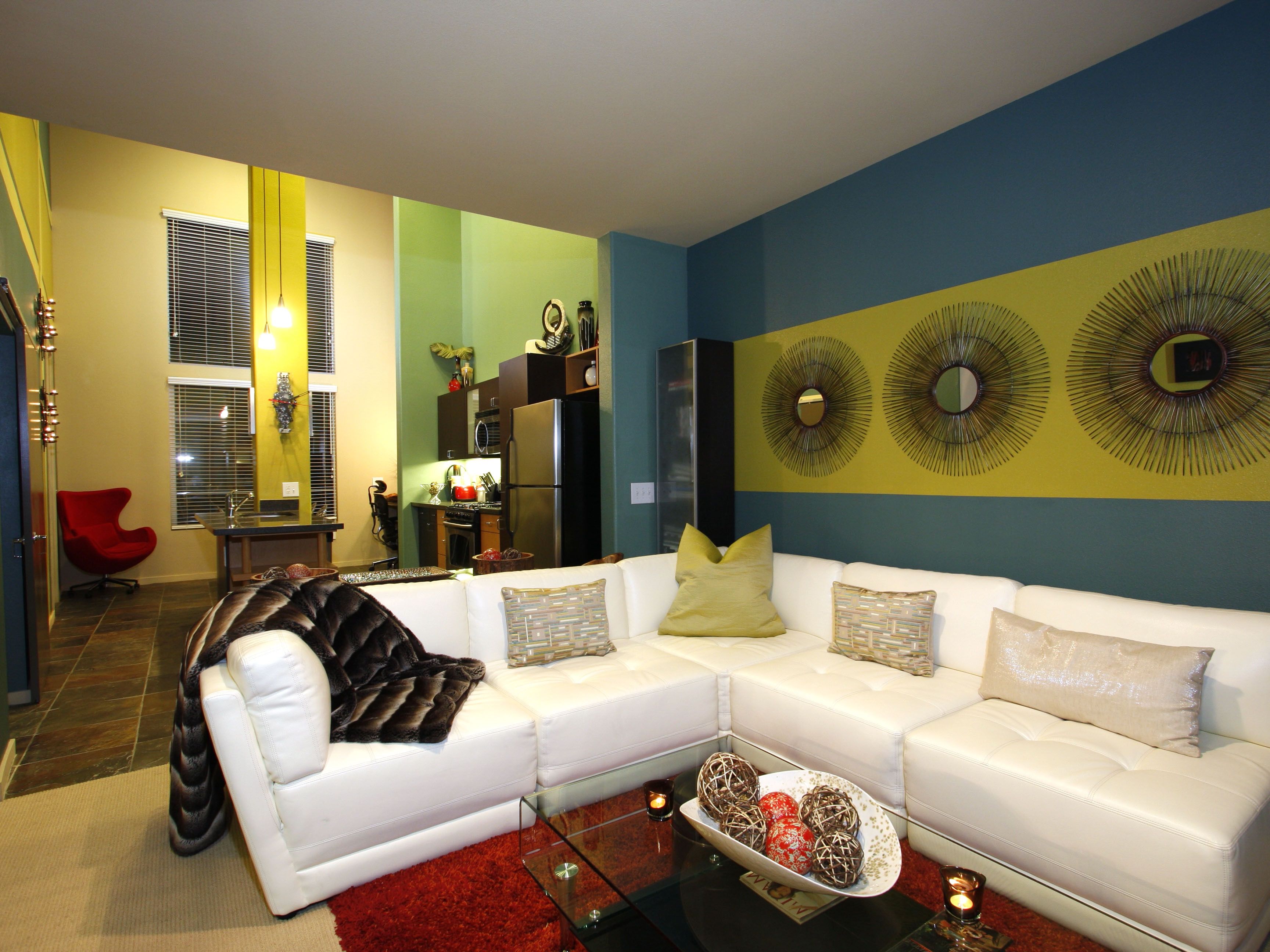
Understanding the Power of Color
 When it comes to designing your living room, choosing the right colors is crucial. The colors you choose can greatly impact the overall look and feel of the space.
From warm and inviting to cool and calming, the right color scheme can set the tone for your entire home.
But with an endless array of colors to choose from, how do you know which ones will work best for your living room? By understanding the power of color, you can make informed decisions and create a cohesive color scheme that will elevate your living room's design.
When it comes to designing your living room, choosing the right colors is crucial. The colors you choose can greatly impact the overall look and feel of the space.
From warm and inviting to cool and calming, the right color scheme can set the tone for your entire home.
But with an endless array of colors to choose from, how do you know which ones will work best for your living room? By understanding the power of color, you can make informed decisions and create a cohesive color scheme that will elevate your living room's design.
Consider the Size of Your Space
 When selecting colors for your living room, it's important to consider the size of your space.
Lighter colors tend to make a room feel more open and spacious, while darker colors can make a room feel smaller and more intimate.
If you have a small living room, consider using light and neutral colors to give the illusion of a larger space. For larger living rooms, you have more flexibility to play with darker and bolder colors. However, be mindful not to overwhelm the space with too many dark colors, as it can make the room feel heavy and cramped.
When selecting colors for your living room, it's important to consider the size of your space.
Lighter colors tend to make a room feel more open and spacious, while darker colors can make a room feel smaller and more intimate.
If you have a small living room, consider using light and neutral colors to give the illusion of a larger space. For larger living rooms, you have more flexibility to play with darker and bolder colors. However, be mindful not to overwhelm the space with too many dark colors, as it can make the room feel heavy and cramped.
Choose a Color Palette
 To create a cohesive color scheme for your living room, it's important to choose a color palette.
This will help guide your color choices and ensure that all the colors in your living room work together harmoniously.
You can choose a monochromatic color scheme, using different shades of the same color, for a sophisticated and modern look. Alternatively, you can opt for a complementary color scheme, using colors that are opposite each other on the color wheel, for a bold and dynamic look. Whichever color palette you choose, make sure to incorporate a mix of warm and cool tones to add depth and balance to the space.
To create a cohesive color scheme for your living room, it's important to choose a color palette.
This will help guide your color choices and ensure that all the colors in your living room work together harmoniously.
You can choose a monochromatic color scheme, using different shades of the same color, for a sophisticated and modern look. Alternatively, you can opt for a complementary color scheme, using colors that are opposite each other on the color wheel, for a bold and dynamic look. Whichever color palette you choose, make sure to incorporate a mix of warm and cool tones to add depth and balance to the space.
Consider the Mood You Want to Create
 Color has the power to influence our mood and emotions. When selecting colors for your living room, think about the mood you want to create.
For a cozy and inviting atmosphere, warm colors like red, orange, and yellow can add a sense of warmth and energy to the space.
On the other hand, cool colors like blue, green, and purple can create a calm and serene ambiance in your living room.
Neutral colors like beige, gray, and white can also evoke a sense of tranquility and sophistication.
By choosing the right colors, you can set the mood for your living room and create a space that reflects your personal style and taste.
Color has the power to influence our mood and emotions. When selecting colors for your living room, think about the mood you want to create.
For a cozy and inviting atmosphere, warm colors like red, orange, and yellow can add a sense of warmth and energy to the space.
On the other hand, cool colors like blue, green, and purple can create a calm and serene ambiance in your living room.
Neutral colors like beige, gray, and white can also evoke a sense of tranquility and sophistication.
By choosing the right colors, you can set the mood for your living room and create a space that reflects your personal style and taste.
Don't Be Afraid to Experiment
:max_bytes(150000):strip_icc()/showcase-home-interior-looks-inviting--487916813-5accd093fa6bcc00361bb970.jpg) While it's important to have a cohesive color scheme in your living room, don't be afraid to experiment and add pops of color.
Accessories like throw pillows, rugs, and wall art can add a touch of color and personality to your living room.
These items can easily be changed out if you decide to switch up your color scheme in the future. Additionally, you can also incorporate different textures and patterns to add visual interest and depth to your living room.
In conclusion, choosing the right colors for your living room can greatly impact the overall design and atmosphere of your home. By understanding the power of color, considering the size of your space, choosing a color palette, and keeping in mind the mood you want to create, you can create a cohesive and visually appealing color scheme for your living room. Don't be afraid to experiment and have fun with your color choices, as your living room is a reflection of your personal style and taste.
While it's important to have a cohesive color scheme in your living room, don't be afraid to experiment and add pops of color.
Accessories like throw pillows, rugs, and wall art can add a touch of color and personality to your living room.
These items can easily be changed out if you decide to switch up your color scheme in the future. Additionally, you can also incorporate different textures and patterns to add visual interest and depth to your living room.
In conclusion, choosing the right colors for your living room can greatly impact the overall design and atmosphere of your home. By understanding the power of color, considering the size of your space, choosing a color palette, and keeping in mind the mood you want to create, you can create a cohesive and visually appealing color scheme for your living room. Don't be afraid to experiment and have fun with your color choices, as your living room is a reflection of your personal style and taste.






























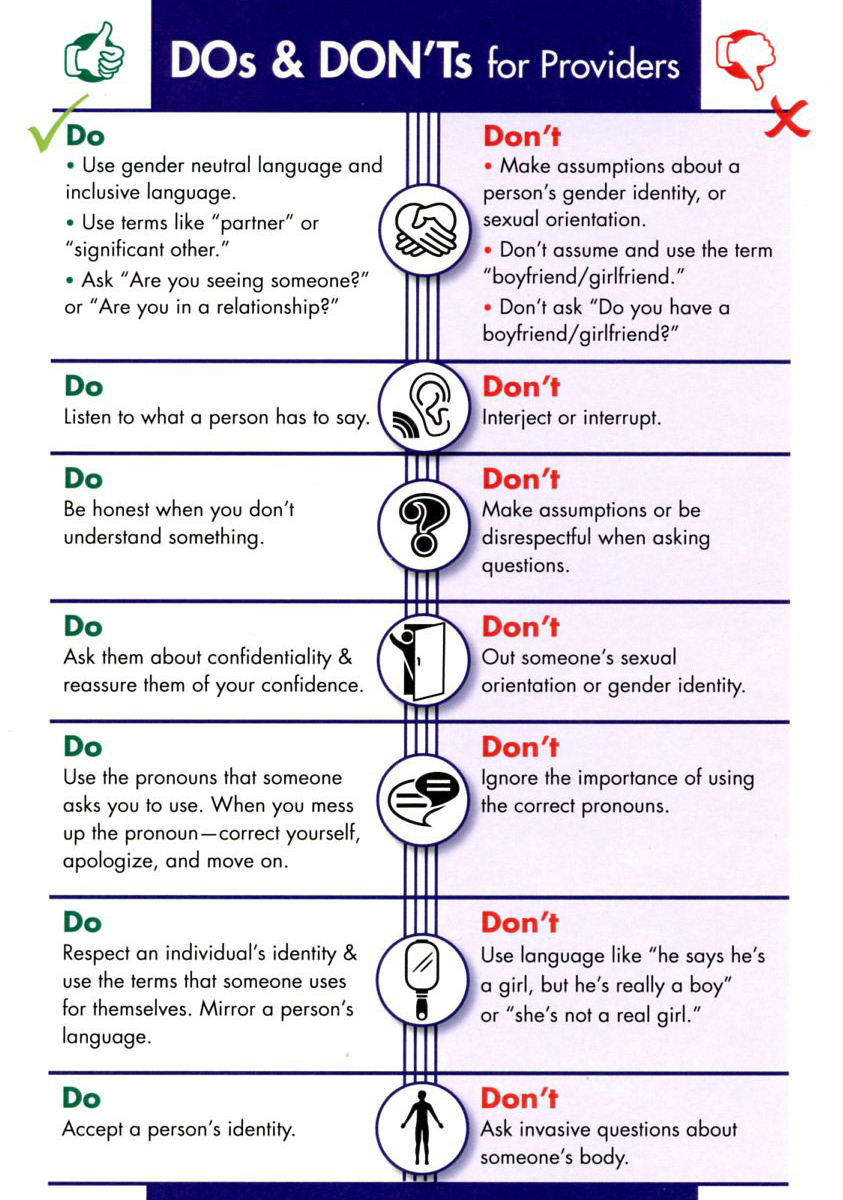







/living-room-with-orange-wall-640896866-5ab15995a18d9e0037c3a9ba.jpg)
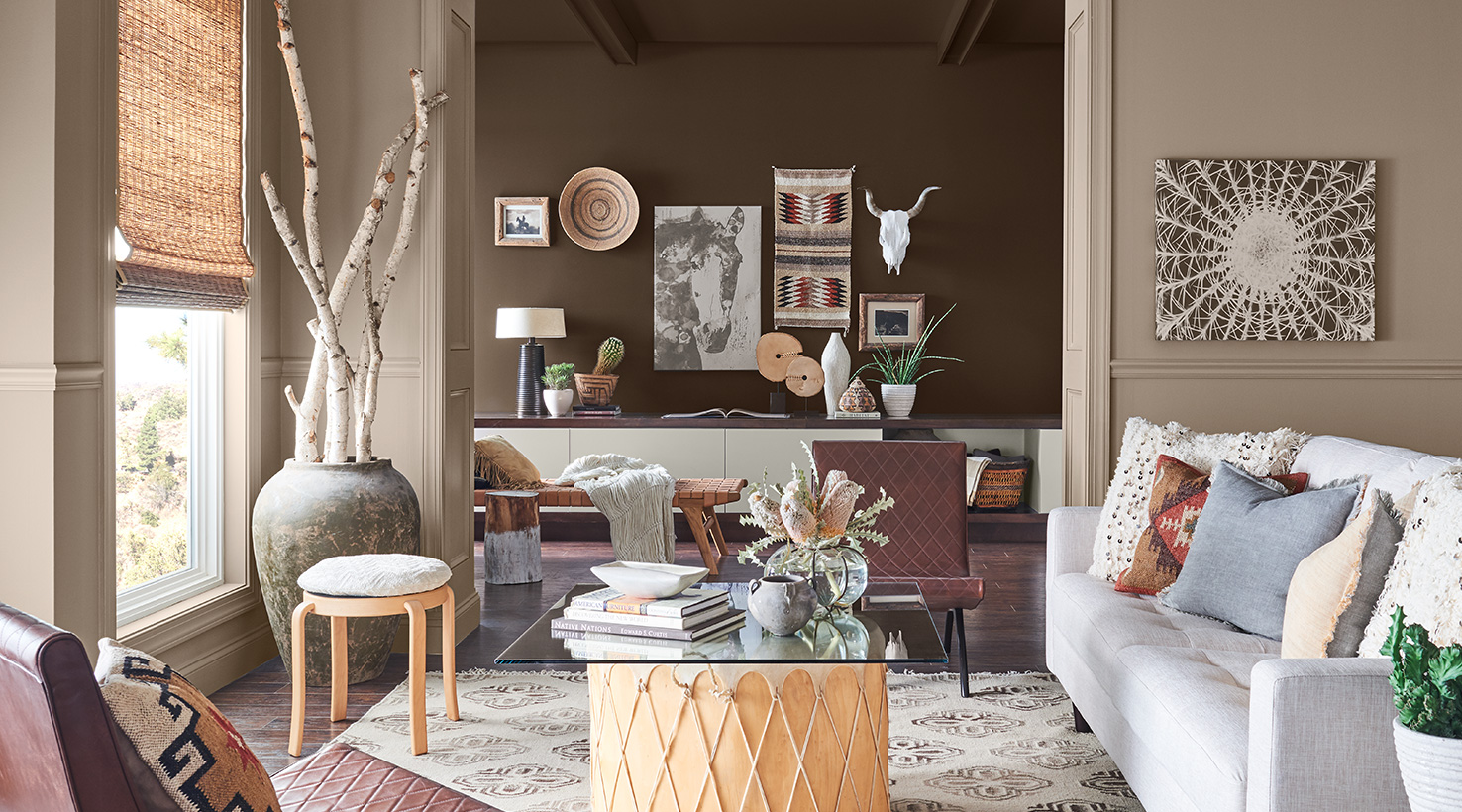

/accent-walls-tips-essential-dos-donts-797861-hero-5ed72dbcdc9f46a1804855831bd391c4.jpg)




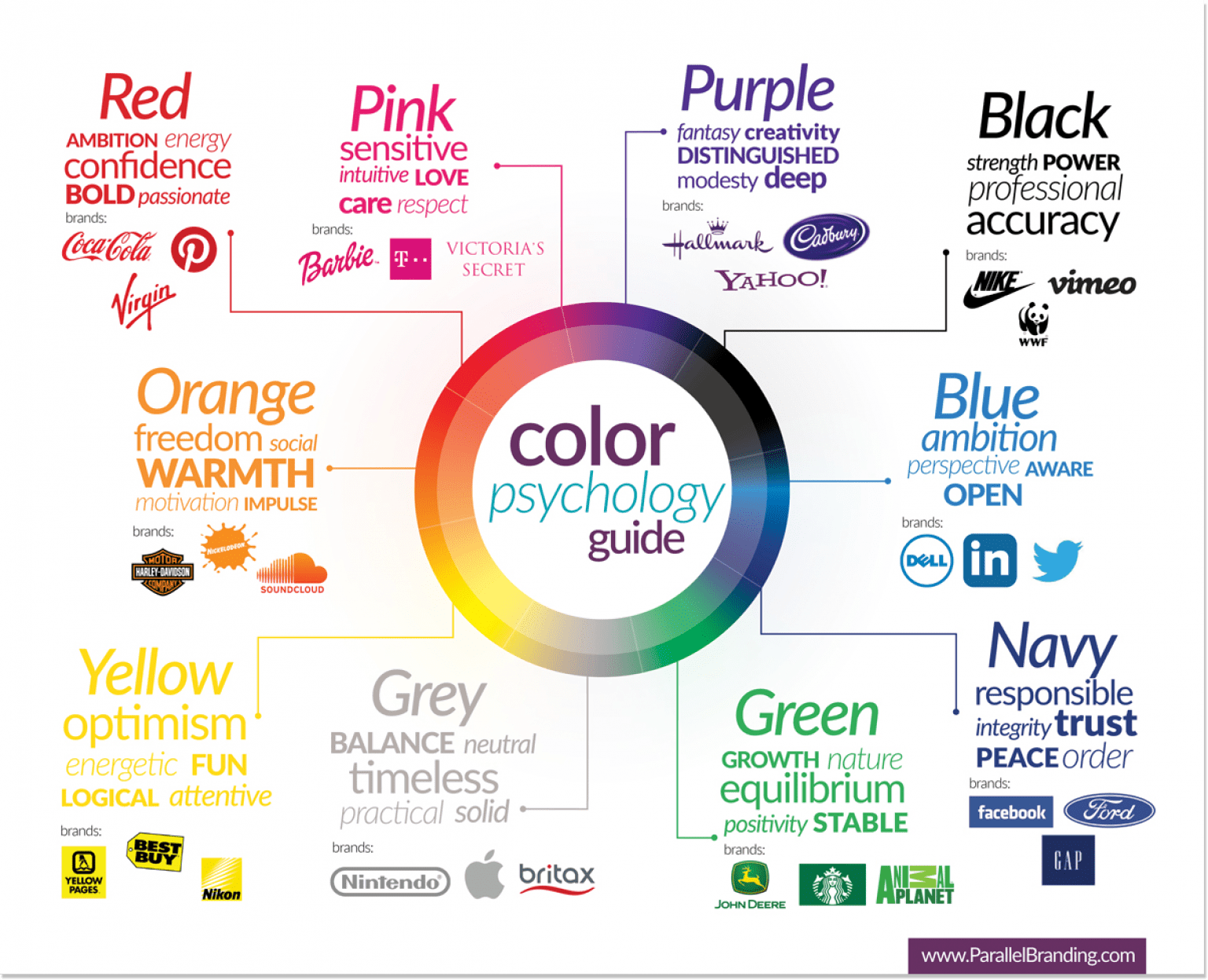





:max_bytes(150000):strip_icc()/apogee_interiors_66032570_929112584107287_5903488252035675747_n-419dd71687de4dad88e32cf0a76643e0.jpg)


/fashionable-vintage-styled-living-room-667506888-5a6e41bf3de4230038253bce.jpg)
:max_bytes(150000):strip_icc()/olgaadlerlightpewter1-56d3eca13df78cfb37d5385e.jpg)



/behr_CasualGray_small-56a1934f5f9b58b7d0c0c64e.png)
:max_bytes(150000):strip_icc()/Litchfield_BeresfordHill_025-5b89787fc9e77c00258aa53c.jpg)



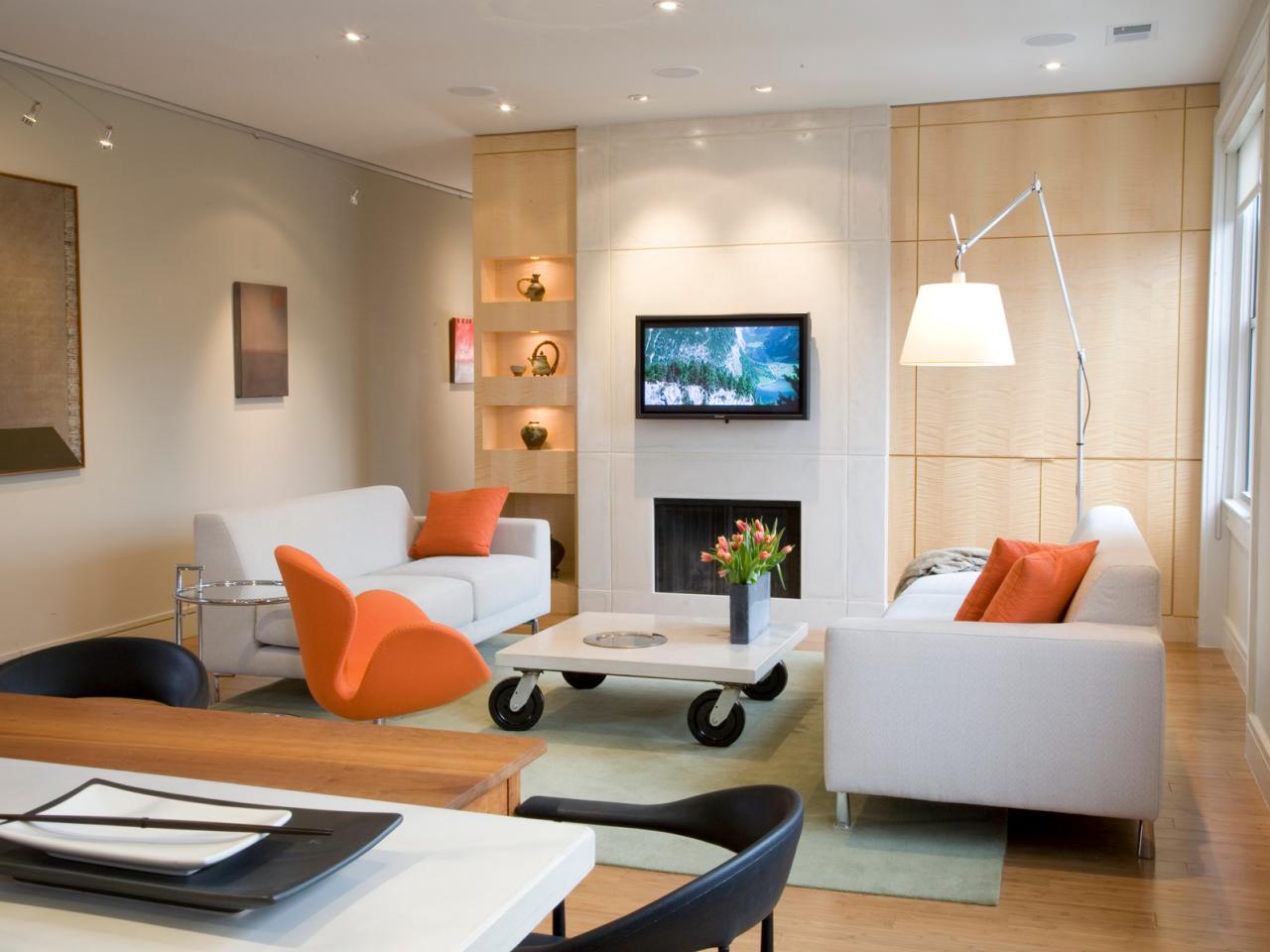

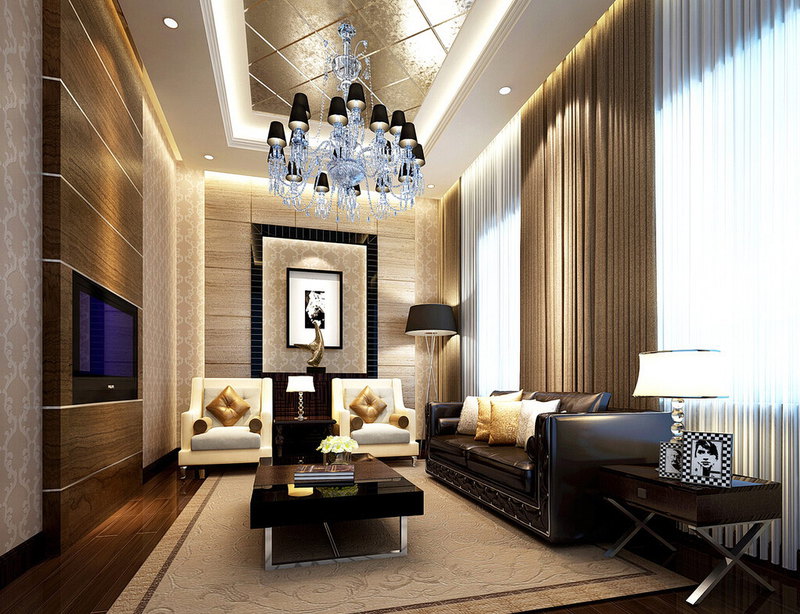




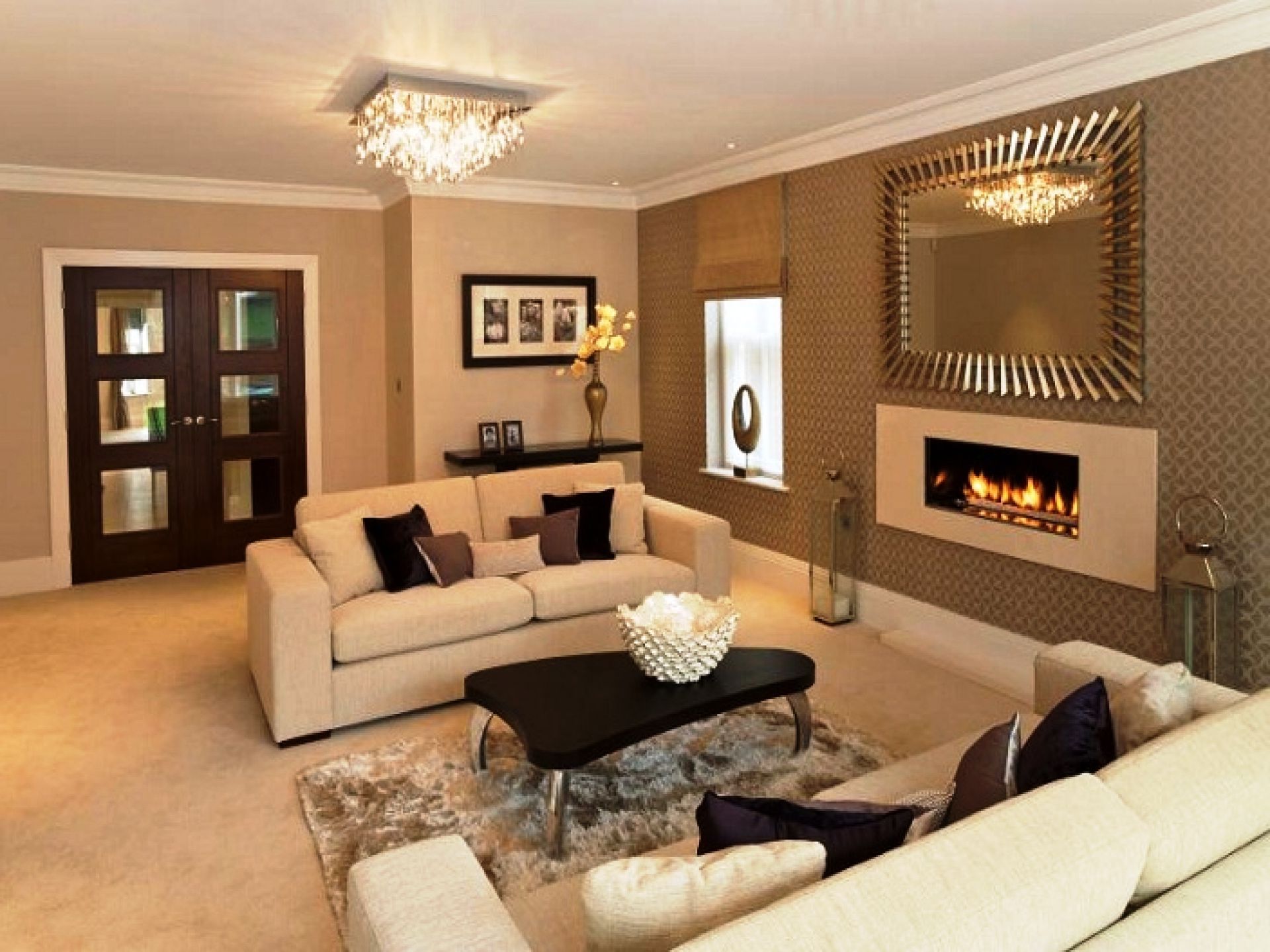






/Traditional-neutral-living-room-589fb4765f9b58819cb46c02.png)






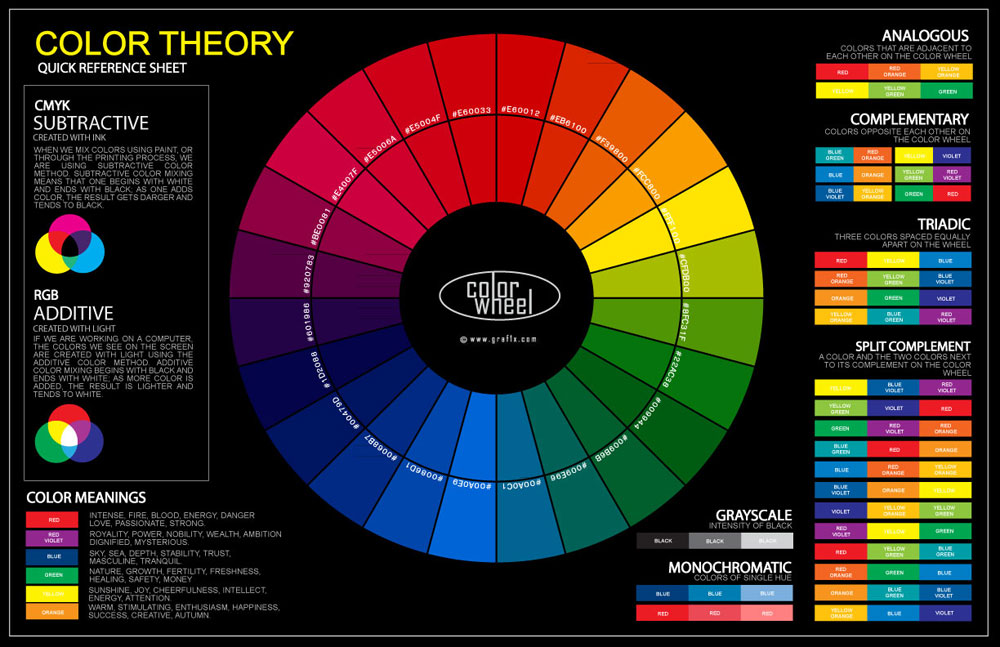



/easy-color-schemes-from-color-wheel-797784_V4-51db985b605c49e29ee1f6186d6ec258.png)













